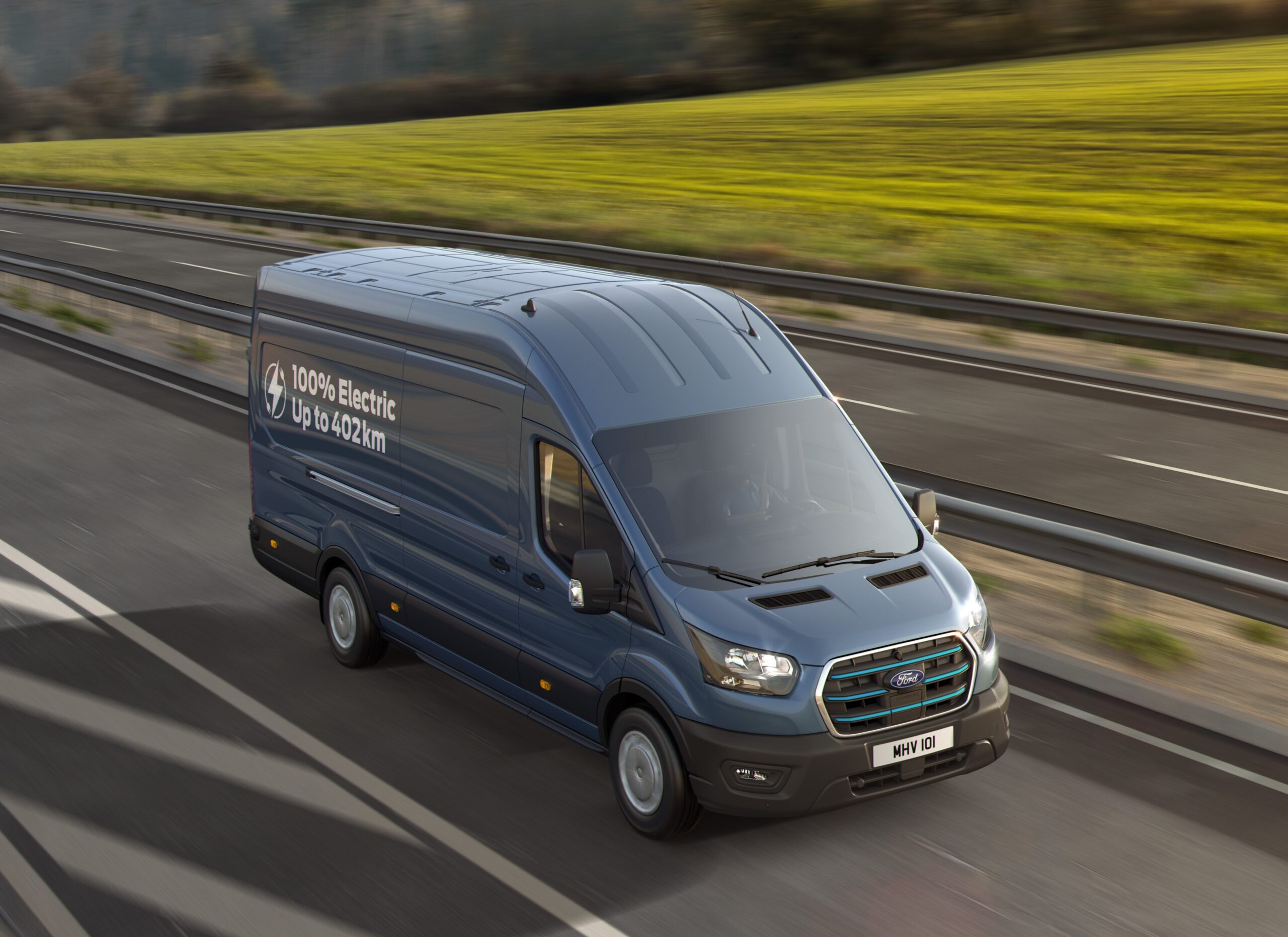
Revenue from Fords EV division implodes

Ford Pro is a stronghold for the carmaker in these difficult transitional times /Ford
Ford Motor Company reported in its first-quarter results a whopping 84% plunge in revenue from its all-electric Model e division. While the


Comments
Ready to join the conversation?
You must be an active subscriber to leave a comment.
Subscribe Today